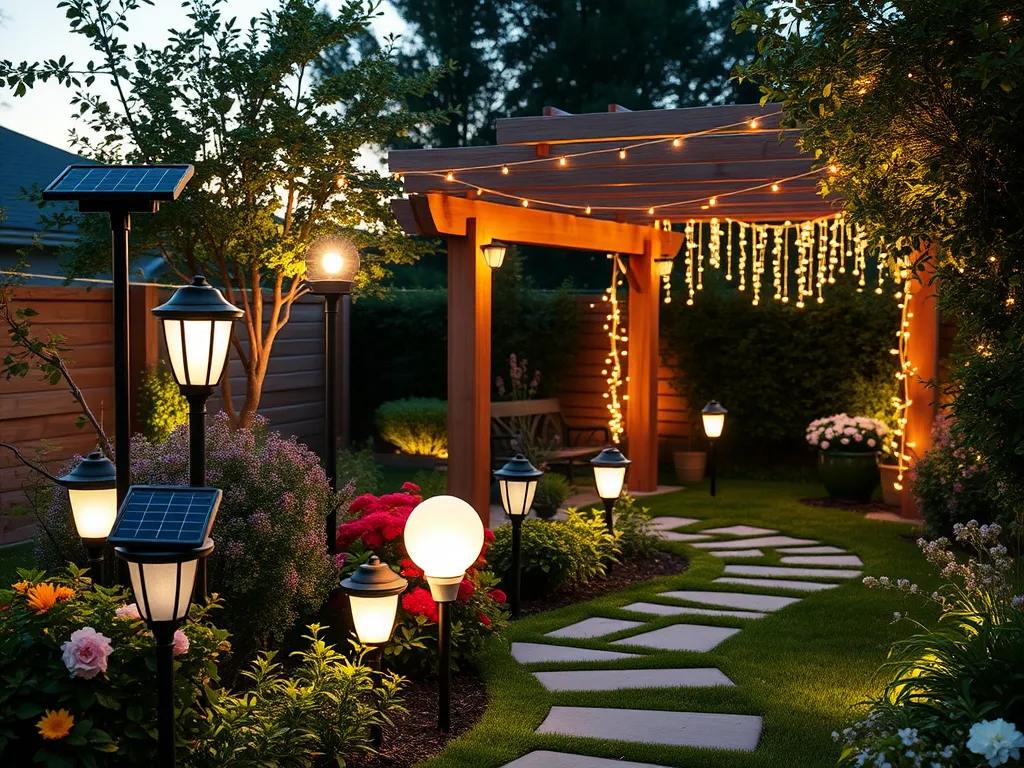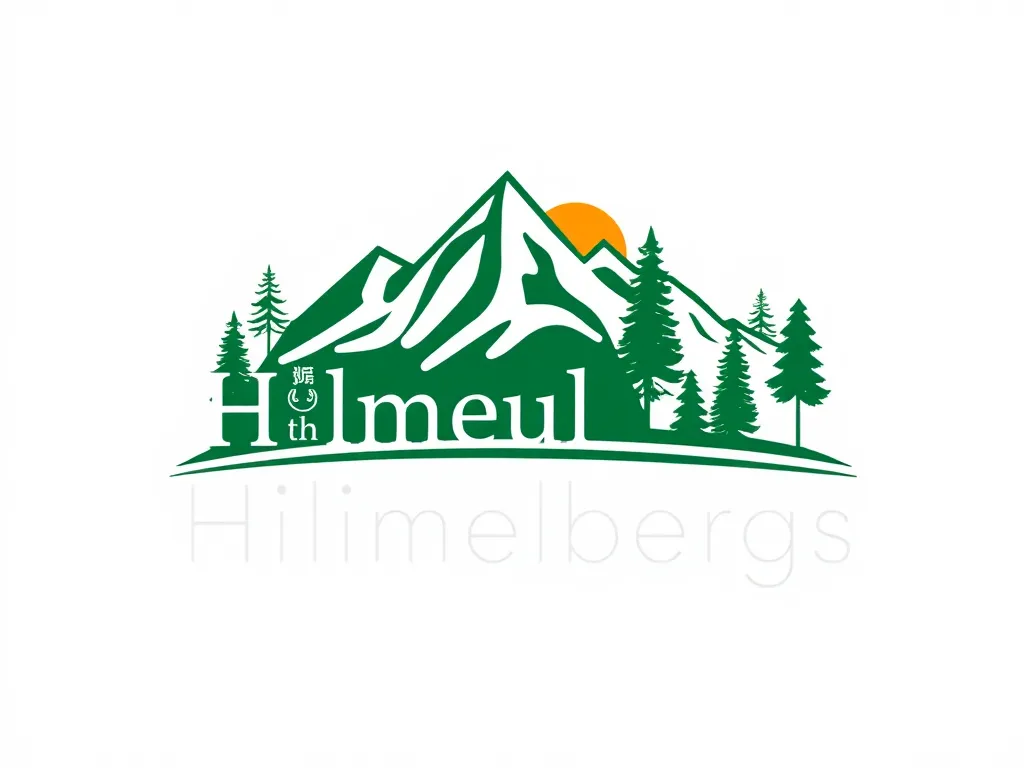Explore Energy-Efficient Outdoor Lighting for Your Home

Energy-Efficient Outdoor Lighting
Energy-Efficient Outdoor Lighting is a crucial aspect of modern outdoor design and sustainability practices. With the increasing focus on reducing energy consumption and environmental impact, many homeowners and businesses are opting for outdoor lighting solutions that are both efficient and effective. This shift not only enhances the beauty and functionality of outdoor spaces but also contributes to significant cost savings on energy bills.
Investing in Energy-Efficient Outdoor Lighting not only reduces energy costs but also enhances the safety and beauty of outdoor spaces.
The rise in popularity of Energy-Efficient Outdoor Lighting can be attributed to advancements in technology and growing awareness of environmental issues. LED lights, solar-powered fixtures, and smart lighting systems are some of the innovative solutions that provide illumination while consuming less energy. These systems are designed to minimize waste, increase lifespan, and offer customizable settings that can adapt to various needs and preferences.
As communities expand and urban areas grow denser, the need for effective outdoor lighting becomes even more critical. Energy-Efficient Outdoor Lighting not only enhances visibility and safety but also plays a pivotal role in reducing light pollution and its adverse effects on wildlife and human health. By selecting energy-efficient options, individuals contribute to a more sustainable future while enjoying the benefits of a well-lit outdoor environment.
Moreover, the aesthetic appeal of outdoor spaces can be substantially improved through the strategic use of Energy-Efficient Outdoor Lighting. From illuminating pathways to highlighting architectural features, creative lighting design can transform outdoor areas into inviting and safe spaces for relaxation and entertainment. The blend of functionality and beauty makes energy-efficient lighting a smart choice for any outdoor setting.
In summary, Energy-Efficient Outdoor Lighting is more than just a trend—it's a necessary step towards sustainability and energy conservation. By choosing the right lighting solutions, individuals can lower their energy usage, create beautiful outdoor spaces, and contribute to the overall well-being of the planet.
Benefits of Energy-Efficient Outdoor Lighting
One of the primary benefits of Energy-Efficient Outdoor Lighting is the significant cost savings on energy bills. These lighting solutions are designed to consume less power compared to traditional incandescent bulbs, leading to lower electricity expenses over time. This cost-effectiveness is especially beneficial for businesses operating in outdoor settings, such as restaurants and retail stores, where illumination is crucial for customers' safety and enjoyment.
Additionally, implementing Energy-Efficient Outdoor Lighting contributes to environmental impact reduction. By using less energy, these lighting options decrease the demand on power plants, resulting in fewer greenhouse gas emissions. Moreover, many energy-efficient lights, like LEDs, are recyclable and have a much longer lifespan, which further minimizes waste in landfills.
Enhanced safety and security are another key advantage of opting for Energy-Efficient Outdoor Lighting. Well-lit outdoor spaces deter criminal activity and provide a sense of safety for residents and visitors alike. By ensuring sufficient illumination in driveways, entrances, and dark corners of properties, homeowners can create a welcoming and secure environment.
Furthermore, the extended lifespan of lighting fixtures is a noteworthy feature of Energy-Efficient Outdoor Lighting. LED lights can last up to 25 times longer than traditional bulbs, significantly reducing the frequency of replacements and saving on maintenance costs. This longevity not only translates to lower expenses but also less material waste and fewer resources used for production.
Energy-Efficient Outdoor Lighting also improves the aesthetic appeal of outdoor areas. Thoughtfully designed lighting can highlight landscaping, architecture, and outdoor living spaces, creating visually stunning environments. This enhancement can increase property value and provide enjoyment for homeowners and their guests for years to come.
Types of Energy-Efficient Outdoor Lighting
Several types of Energy-Efficient Outdoor Lighting are available today, with LED lighting options being among the most popular. LED lights are renowned for their energy efficiency, durability, and versatility, making them suitable for various outdoor applications, including path lighting, garden illumination, and accent lighting for architectural features.
Solar-powered lights are another excellent option for energy-efficient outdoor lighting. These lights harness solar energy during the day and illuminate outdoor areas at night. They are perfect for remote or off-grid locations and require minimal maintenance, making them an attractive choice for homeowners looking for eco-friendly solutions without the hassle of wiring.
Motion sensor lights represent another innovative type of energy-efficient outdoor lighting. These lights activate when they detect movement, providing illumination only when needed. This feature not only enhances security by illuminating pathways and entryways but also saves energy by ensuring that lights are not left on unnecessarily.
Smart lighting systems are revolutionizing Energy-Efficient Outdoor Lighting by allowing users to control their outdoor lights via smartphones or voice-activated devices. These systems can be programmed to turn on or off at specific times, adjust brightness, and even change colors, adding convenience and personalization to outdoor lighting.
Lastly, compact fluorescent lights (CFLs) offer a traditional lighting alternative while still consuming less energy than incandescent bulbs. While they aren't as popular as LEDs, CFLs are available in a variety of styles suitable for outdoor use, making them a practical choice for those seeking energy-efficient lighting.
Installation and Maintenance Tips
When installing Energy-Efficient Outdoor Lighting, consider best practices for installation to ensure optimal performance. This includes positioning lights to provide adequate coverage while avoiding glare and light pollution. Utilizing fixtures designed for outdoor use will also enhance the longevity and effectiveness of the lighting.
Regular maintenance tips for energy-efficient outdoor lighting include cleaning fixtures and checking connections to ensure proper functionality. Inspecting bulbs for any signs of wear and replacing them as necessary can prevent larger issues down the line and ensure consistent lighting.
Choosing the right fixtures is vital for maximizing energy efficiency. Select options rated for outdoor use, and consider factors such as brightness, color temperature, and style to achieve the desired effect. Consult with professionals or refer to product specifications to make informed choices.
Assessing energy consumption is essential for all outdoor lighting systems. Using energy-efficient bulbs and fixtures can significantly reduce overall energy use, but it's also important to consider the total wattage of your outdoor lighting system to ensure it fits within your energy goals.
When deciding between DIY or professional installation, consider the complexity of the setup. Simple solar lights can often be installed yourself, but if you're planning an extensive system involving wiring and smart technology, hiring a qualified electrician may be the best option.
Design Ideas for Energy-Efficient Lighting
For those looking to enhance their outdoor spaces, lighting for pathways and driveways is essential. Use low-level lights to illuminate these areas, making them safe and inviting. Consider solar-powered path lights or LED strips for a modern touch.
Highlighting garden features can create stunning visual displays while showcasing your landscaping. Use directional spotlights or uplights to accentuate trees, plants, and architectural elements, enhancing the beauty of your outdoor space with energy-efficient lighting.
Creating outdoor living spaces is another exciting design idea. Incorporate energy-efficient lighting into patios and decks using string lights, lanterns, and spotlights to create a cozy atmosphere for gatherings or relaxation at night.
Choosing the best colors and temperatures in lighting will have a significant impact on the ambiance of your outdoor space. Warm white lights tend to create a welcoming glow, while cooler tones can offer a more modern and crisp appearance, depending on your style preference.
Finally, illuminating outdoor security is an essential design idea. Ensure that entryways, driveways, and other vulnerable areas are adequately lit for safety. Motion sensor lights can play a crucial role in this aspect, providing light only when it’s needed while conserving energy.
Comparing Energy-Efficient Lighting Solutions
When comparing Energy-Efficient Outdoor Lighting solutions, it's essential to consider the differences between LED and traditional bulbs. LEDs provide significantly better energy savings, longer lifespans, and less heat output, making them a more efficient choice for outdoor applications.
Conducting a cost analysis and ROI evaluation helps in understanding the financial benefits of energy-efficient lighting solutions. Although initial investments in LED or solar lighting may be higher, the long-term savings on energy bills and maintenance costs typically offset these expenses.
Choosing the right technology for outdoor lighting requires assessing factors such as installation requirements, energy consumption, and aesthetic preferences. Understanding the strengths of each option is vital for making informed decisions that suit your outdoor needs.
Reviews of popular products are invaluable when selecting energy-efficient outdoor lighting. Consumer feedback and expert reviews can provide insights into product performance, durability, and design, helping consumers find the best solutions for their needs.
Finally, a long-term performance analysis of energy-efficient lighting solutions will provide a comprehensive view of their benefits. Monitoring how these solutions perform over time can help consumers understand the true advantages of their investments and inspire confidence in their choices.
